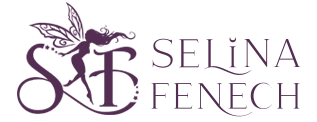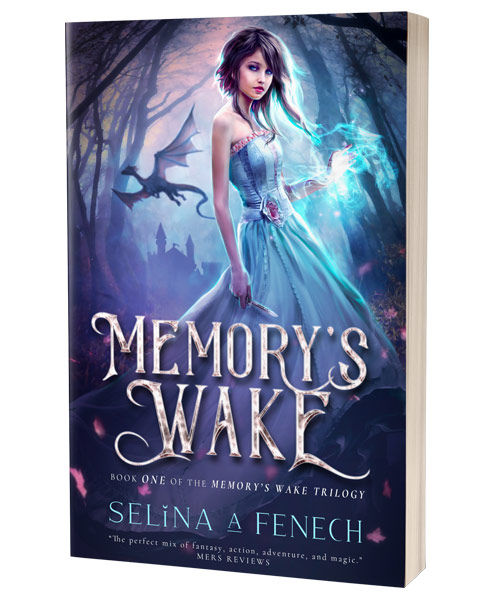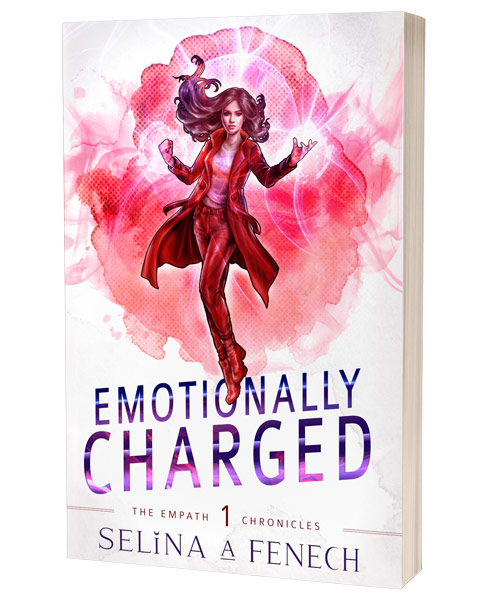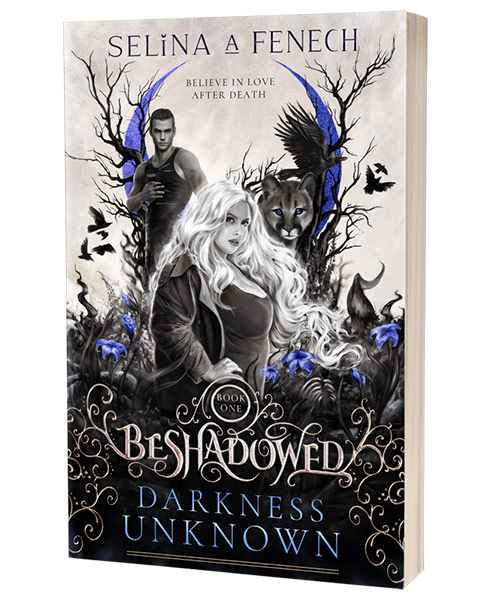- Login
Story and The Promise of Genre
Story and The Promise of Genre
Originally published on the Story Queens website 2017
Take a moment to watch the following movie trailer…
What a happy, fun looking, feel good movie! Right? Knowing what most of us know is the TRUE content of this movie (horror), you’d be a bit confused and disappointed if you saw the full movie after judging it on this trailer.
Presentation is everything.
How content is packaged and presented to the audience is very important. The trailer above makes a point of using the same content as in the horror movie, but changing the packaging so that it is presented as a feel good romance. The same thing, of course, goes for books. Whoever coined the phrase “Don’t judge a book by it’s cover” didn’t know what they were talking about, in my opinion. When book buyers are choosing their books based on the cover art a large percent of the time, the cover needs to communicate the story held inside. Let’s study that briefly with a few of my titles.
Those are the promises each of these books makes, just with their cover and title alone.
Have you read these books? Did they deliver on their promise?
But it’s not just about getting the right book cover and blurb so your audience knows what to expect. The content of the story also need to include certain moments, tropes, scenes, or themes to meet the expectations set out by the genre and presentation.
When an author or publisher presents their book in a certain way, they are making a promise to the reader about what they can expect when reading that book. It’s a special, unspoken promise, a communication that this book is the one they are looking for, that it will meet the marks that they expect and fill that book-shaped hole in their hungry book-belly. If one of those moments is missing, a reader might not consciously know it, but something might just feel wrong to them.
Let’s have a look at a few top level Story types and see what readers might traditionally expect from each-
For Romance-
- A Happily Ever After or Happy For Now (HEA and HFN for our pro-level readers) ending.
- Duh… romance. But more technically- A plot which involves bringing the love interests together, with either external forces (social expectations, forbidden love) or internal forces (fear of commitment) driving them apart.
- The Meet Cute moment.
- The “Race for Love” (think – in an airport) scene.
For Thrillers-
- A Ticking Clock
- Elements of Action, Horror, or Crime plots, taken to the extreme.
- Generally realistic settings.
- A “Hero at Mercy of Villain” scene.
- Chance of an ambiguous success or tragic ending.
For Horror-
- An antagonist of pure evil, whether they are of human, supernatural, or unknowable origins.
- Scariness! Creepy, dark, and unsettling.
- Takes a while for the true horror to be revealed.
- High chance of an ambiguous or tragic ending.
For Crime-
- That there will be a crime (again, duh). More specifically- That there will be the person who committed the crime (i.e. the Bad Guy), and the person who wants to bring them to justice (i.e. the Good Guy).
- Red Herrings!
- Twists and false endings!
- A hero who is a Master Detective, an Amateur Sleuth, often in law enforcement or the justice system.
For Action-
- Often told in the Hero’s Journey style, with a Call to Action, Mentor Character, Darkest Moment, the whole shebang.
- A Maguffin
- The villian may be human, or animal, monster, or even the environment.
- That the Hero actively defeats the antagonist (rather than someone doing it for them).
- The hero will generally overcome the odds and beat the antagonist. High chance of success/happy ending.
Wait a minute…
Why haven’t I included Fantasy? Sci-Fi? Historical? Paranormal? As much as these are important to communicate to the reader as well, these are more about SETTING than PLOT. Each of these settings could be used with any of the above high level Story types. The same with classifications of Middle Grade, Young Adult, Adult- these define character ages, book length, “adult” content, and writing style, but again could fit any of the Plot types from above. Plot, Setting, and Style, all come together to create Genre.
To stick to Genre, or break free?
As with all things, breaking the rules can work. But, going with cliche again, “you have to know the rules to break the rules”.
Breaking free from genre expectations can create some really unique and innovative stories, the kind some readers crave. Or it could create a total flop.
Have Your Say!
Are the expectations set by a cover/genre/blurb a promise to the reader about what they will be reading?
How far off track can a writer go without making you throw a book at a wall?
Do you think writers have to stick to these conventions or not? Do you like books that fit the mold, or those that break free?
Are there any must-have scenes for you, something a book HAS to include if it’s in a certain genre?
Additional Reading-
The Story Grid offers a graphic called The Genre Clover, which covers the breakdown of Genre, Setting, Style and even more in technical detail.
Write to Market gives advice on hitting the right marks for your readers.
You’ll also note I’ve linked a lot to the TV Tropes website. This site is an incredible resource for understanding how stories work, but beware! Only head there if you’ve got time to spare, as it’s a rabbit hole of epic proportions and you can get lost for days.



